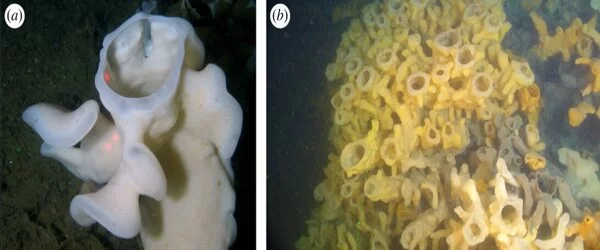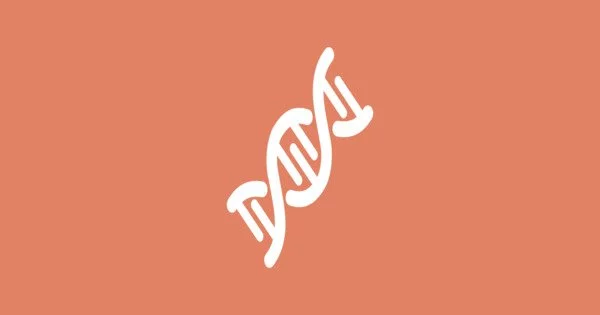Glass sponges, also known as hexactinellid sponges, are intriguing animals that build intricate silica skeletons that resemble glass. Scientists studying biomineralization, the process by which living organisms generate mineralized structures such as shells and skeletons, have been particularly interested in these sponges.
According to the genome of a glass sponge species, silica skeletons originated separately in numerous families of sponges.
Researchers led by geobiologist Professor Gert Wörheide have decoded the genome of Aphrocallistes vastus, a reef-building glass sponge found off the coast of British Columbia. The sponge possesses a unique skeletal structure of amorphous silicon dioxide, from which the class of glass sponges gets its technical name – Hexactinellida.
Our investigations shed new light on the biology of glass sponges, provide valuable insights into their evolutionary history, and highlight their ecological significance, deepening our understanding of these mysterious organisms and their important role in marine ecosystems.
Professor Gert Wörheide
Genomes that are well-annotated and contiguous are an invaluable resource for understanding organism evolution, development, and metabolic capacity. However, in terms of accessible genetic resources, the ecologically significant sponges are underrepresented.
According to the findings published in the journal Royal Society Open Science, the sponge species has a compact genome with many nested genes. The study discovered numerous genes linked to animal growth, specifically the building of their mineral skeleton. Its findings imply that silicon dioxide biomineralization occurred separately in various sponge classes.

“Our investigations shed a new light on the biology of glass sponges, provide valuable insights into their evolutionary history, and highlight their ecological significance, deepening our understanding of these mysterious organisms and their important role in marine ecosystems,” says Wörheide.
Scientists can discover individual genes responsible for the deposition of silica, which is the major component of their glass-like skeletons, by studying the genes contained in the glass sponge genome. Understanding these genes can help us understand the molecular processes that occur during biomineralization.
The glass sponge genome can reveal information about the genetic changes that transpired throughout time, resulting in the formation of complex biomineralized structures. Scientists can better understand how this unique property developed in glass sponges and possibly other species by researching the evolutionary history of the genes involved in biomineralization.





